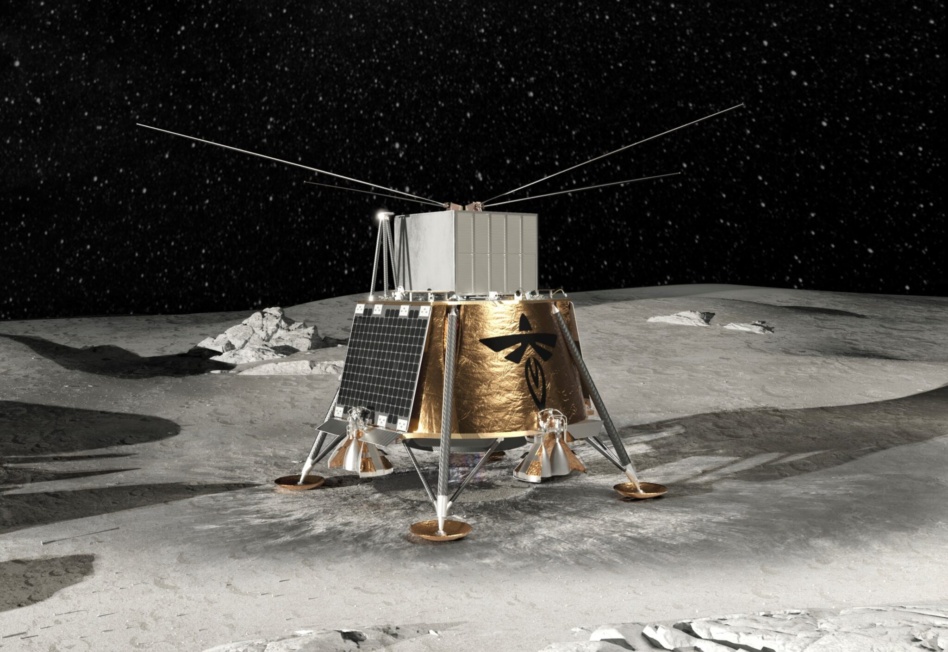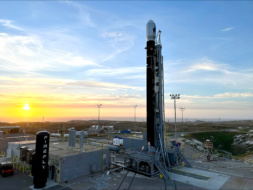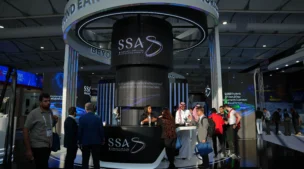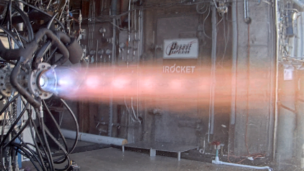Blue Ghost #2 is a go.
Firefly has clinched a deal to travel to the dark side of the Moon in 2026. Yesterday, NASA awarded the Cedar Park, TX-based launcher a $112M contract to deliver several lunar payloads using the Blue Ghost spacecraft.
The details: NASA awarded the contract through its Commercial Lunar Payload Services (CLPS) program, which counts on industry players to support the agency’s efforts to establish sustainable lunar infrastructure.
- Firefly has already made progress toward another CLPS contract, with plans to deliver 10 lunar payloads to Mare Crisium on the Moon’s earth-facing side in 2024.
- NASA has awarded nine CLPS contracts so far. This is the second mission destined for the dark side.
Under the contract, Firefly will launch Blue Ghost in a two-stage configuration to first deploy a satellite into lunar orbit, then carry two payloads to the surface. The cargo:
- Lunar Pathfinder: a comms and data relay satellite
- Lunar Surface Electromagnetics Experiment-Night (LuSEE-Night): a system that will study the radio environment on the Moon’s dark side
- User Terminal (UT): a device to communicate with Lunar Pathfinder and establish a new lunar communications protocol.
Geek out: Since it’s always facing away from Earth, the dark side of the Moon can naturally shield any research instrument from our home planet’s noisy radio environment. This makes the dark side a great spot to study radio signals from the distant universe.
“Going to the lunar far side will help scientists understand some of the fundamental physics processes that occurred during the early evolution of the universe,” said Nicola Fox, associate administrator of NASA’s Science Mission Directorate.
What’s next? Firefly successfully reached orbit with its Alpha rocket for the first time in October last year, but fell short of its intended orbit. Now, the space transportation player has its sights set not only on deep space exploration, but also on responsive launch services for satellites closer to home.
“Looking ahead, Firefly’s evolving line of launch vehicles and spacecraft allows us to support more advanced missions over the next 5 to 10 years,” Bill Weber, Firefly CEO, said in a statement. “This includes responsive launch, de-orbit, and reentry services in LEO; in-space mobility, logistics, and payload hosting in GEO; lunar deliveries, sample return, and relay services in cislunar space; and transport services to nearby planets such as Mars and Venus.”




